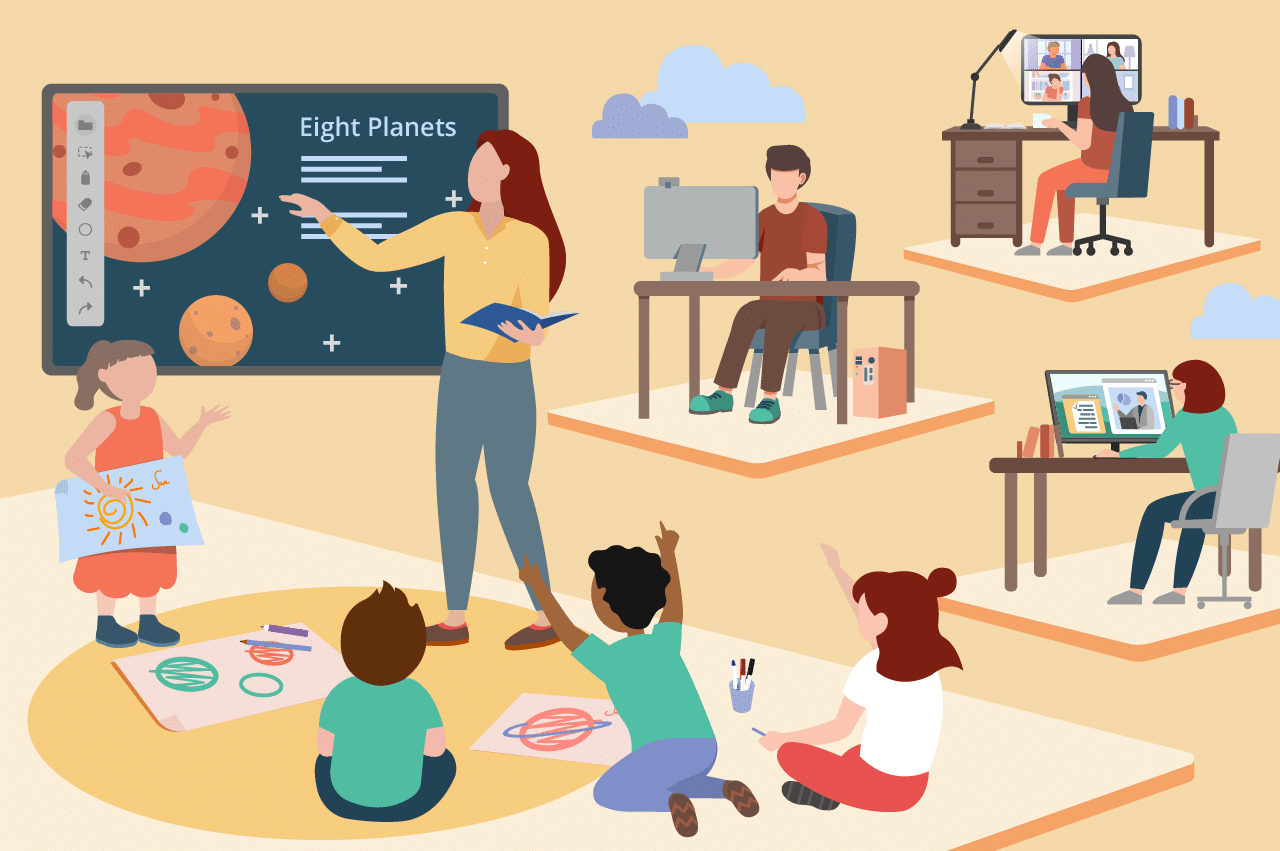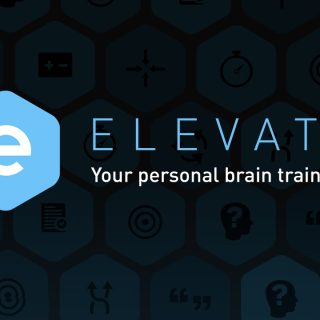Classroom Activities: Fostering Engaging and Effective Learning Experiences
Introduction: Classroom activities play a pivotal role in creating dynamic and interactive learning environments. These activities are designed to promote student engagement, collaboration, critical thinking, and practical application of knowledge. Whether in traditional or online settings, well-crafted classroom activities contribute significantly to the overall educational experience.

Types of Classroom Activities:
- Group Discussions:
- Purpose: Encourages students to share and debate ideas, fostering critical thinking and communication skills.
- Implementation: Facilitate small group discussions or whole-class debates on relevant topics.
- Hands-On Projects:
- Purpose: Promotes experiential learning, creativity, and application of theoretical concepts.
- Implementation: Assign projects that require research, problem-solving, and presentation skills.
- Interactive Quizzes and Games:
- Purpose: Reinforces knowledge retention and makes learning enjoyable.
- Implementation: Use digital platforms or traditional methods to create quizzes or educational games related to the lesson.
- Role-Playing Exercises:
- Purpose: Enhances empathy, communication, and understanding of different perspectives.
- Implementation: Assign roles related to historical figures, characters from literature, or real-world scenarios.
- Case Studies:
- Purpose: Applies theoretical knowledge to real-world situations, encouraging critical analysis and decision-making.
- Implementation: Provide students with scenarios or cases relevant to the subject matter.
- Simulations:
- Purpose: Creates a simulated environment for practical application of skills and concepts.
- Implementation: Use simulations for scientific experiments, business scenarios, or historical events.
How to Implement Classroom Activities:
- Clear Objectives:
- Clearly define the learning objectives to ensure that activities align with the curriculum.
- Varied Formats:
- Integrate a mix of activities to accommodate diverse learning styles and preferences.
- Effective Debriefing:
- Facilitate discussions or reflections after activities to consolidate learning and address questions.
- Technology Integration:
- Utilize educational technology for digital activities, virtual simulations, or interactive presentations.
- Collaborative Platforms:
- Employ online platforms for collaborative activities, fostering teamwork even in virtual classrooms.
Benefits of Classroom Activities:
- Enhanced Engagement:
- Activities captivate students’ interest, making learning more enjoyable and memorable.
- Critical Thinking Skills:
- Problem-solving activities and discussions stimulate critical thinking and analytical skills.
- Social Interaction:
- Group activities encourage communication, teamwork, and the development of interpersonal skills.
- Application of Knowledge:
- Practical activities facilitate the application of theoretical concepts to real-world scenarios.
- Individualized Learning:
- Activities can be tailored to accommodate different learning styles and paces.
Conclusion:
Classroom activities are a cornerstone of effective pedagogy, providing students with opportunities to actively engage with course material. By fostering a collaborative and dynamic learning environment, these activities contribute to a holistic educational experience, preparing students for success both academically and in real-world applications of knowledge.








